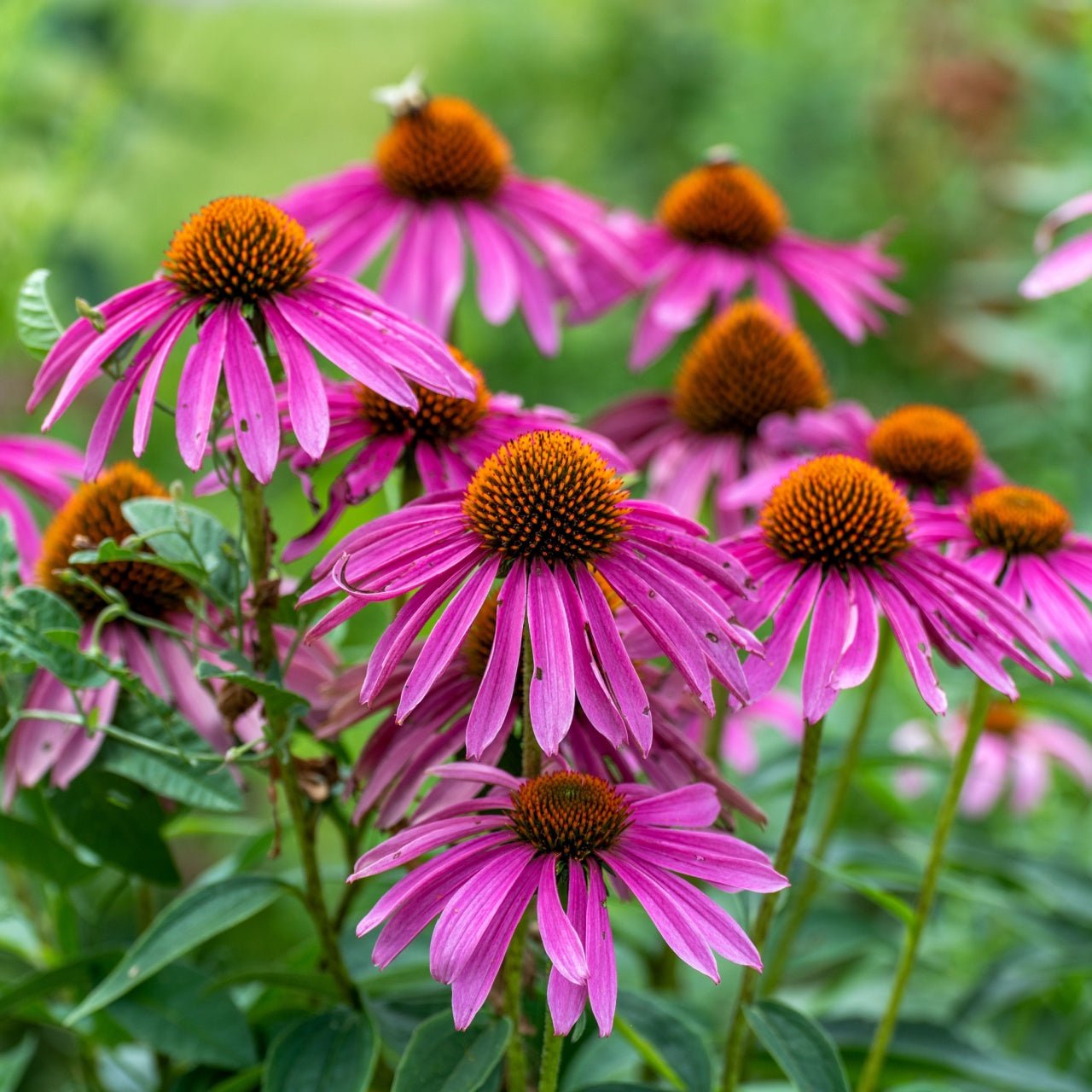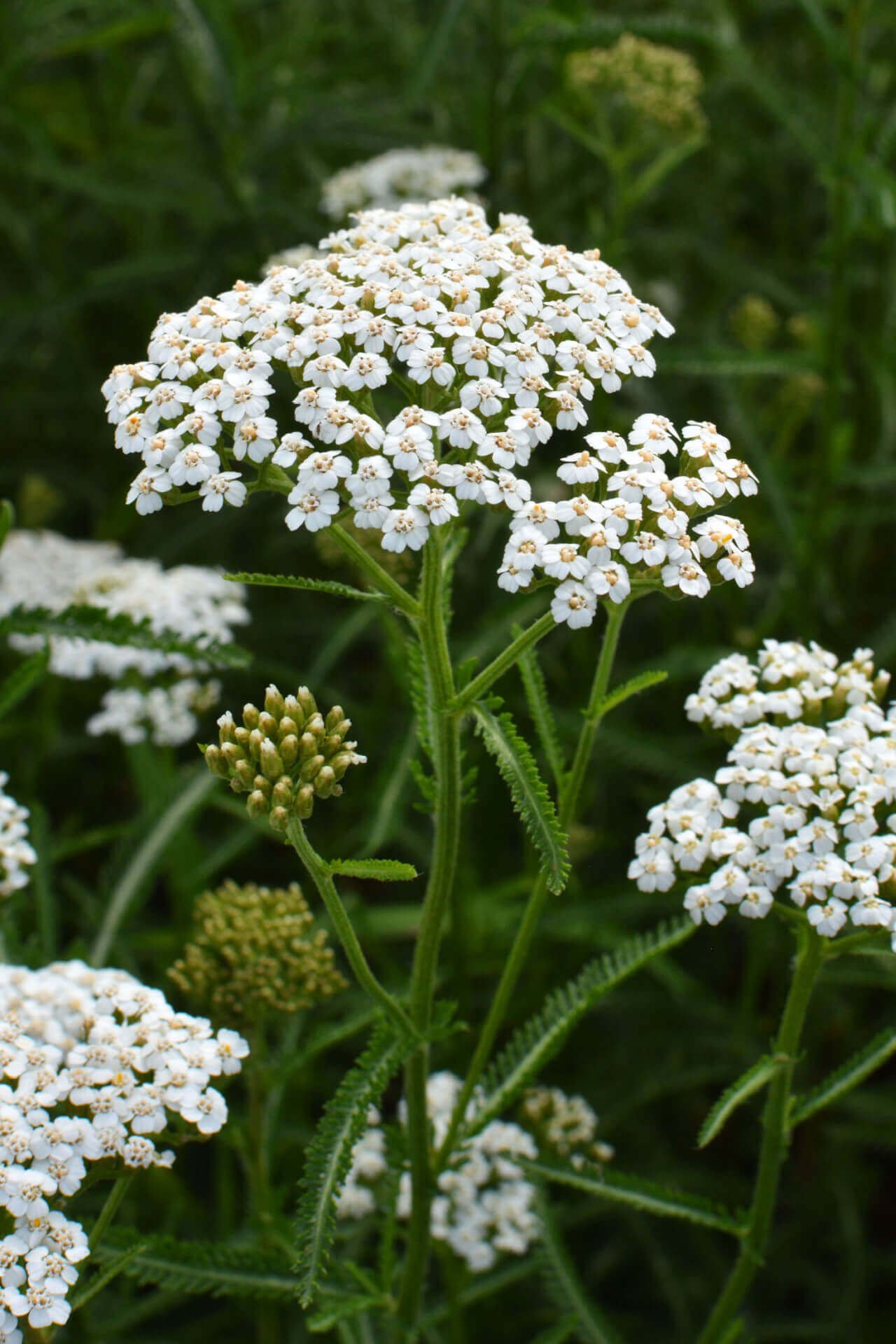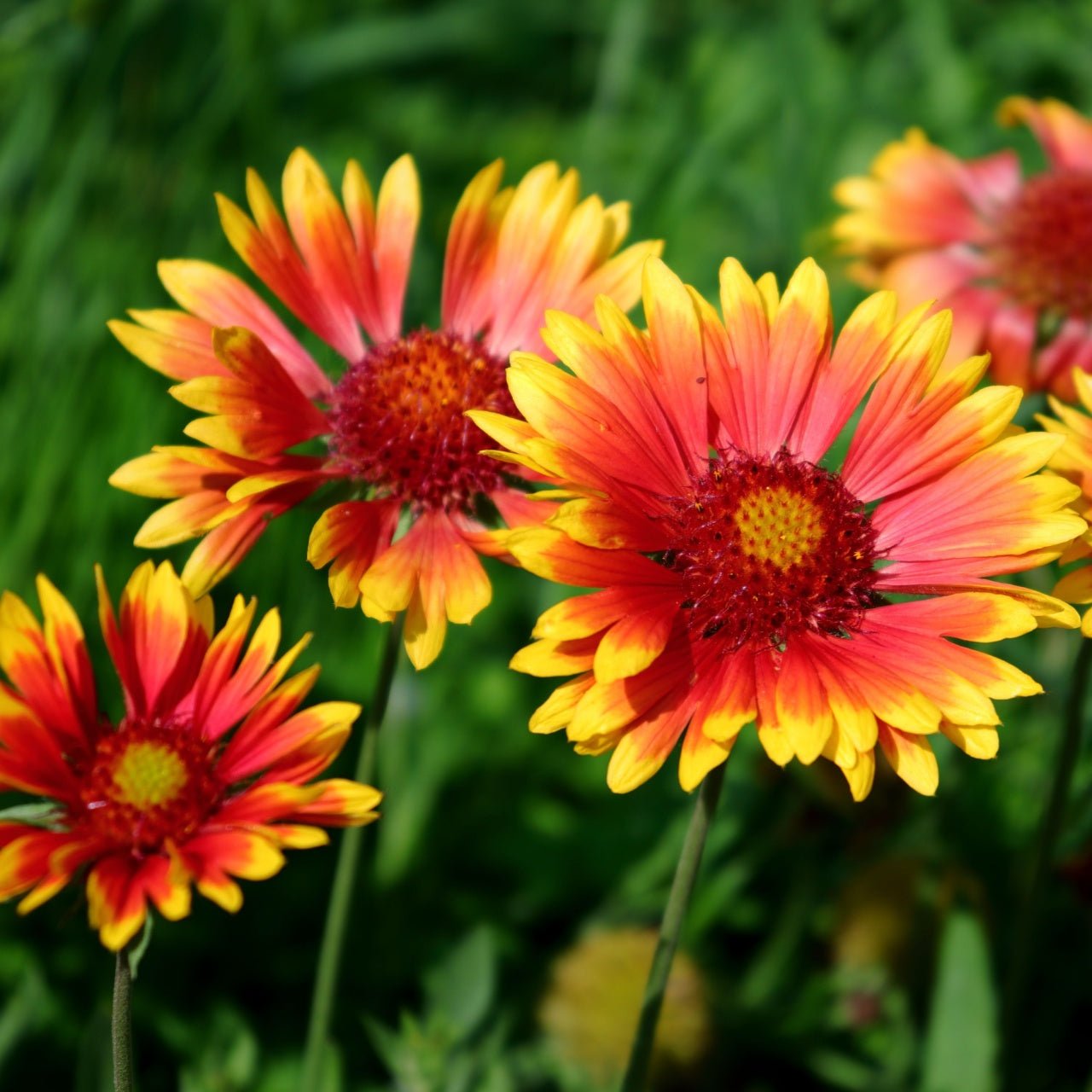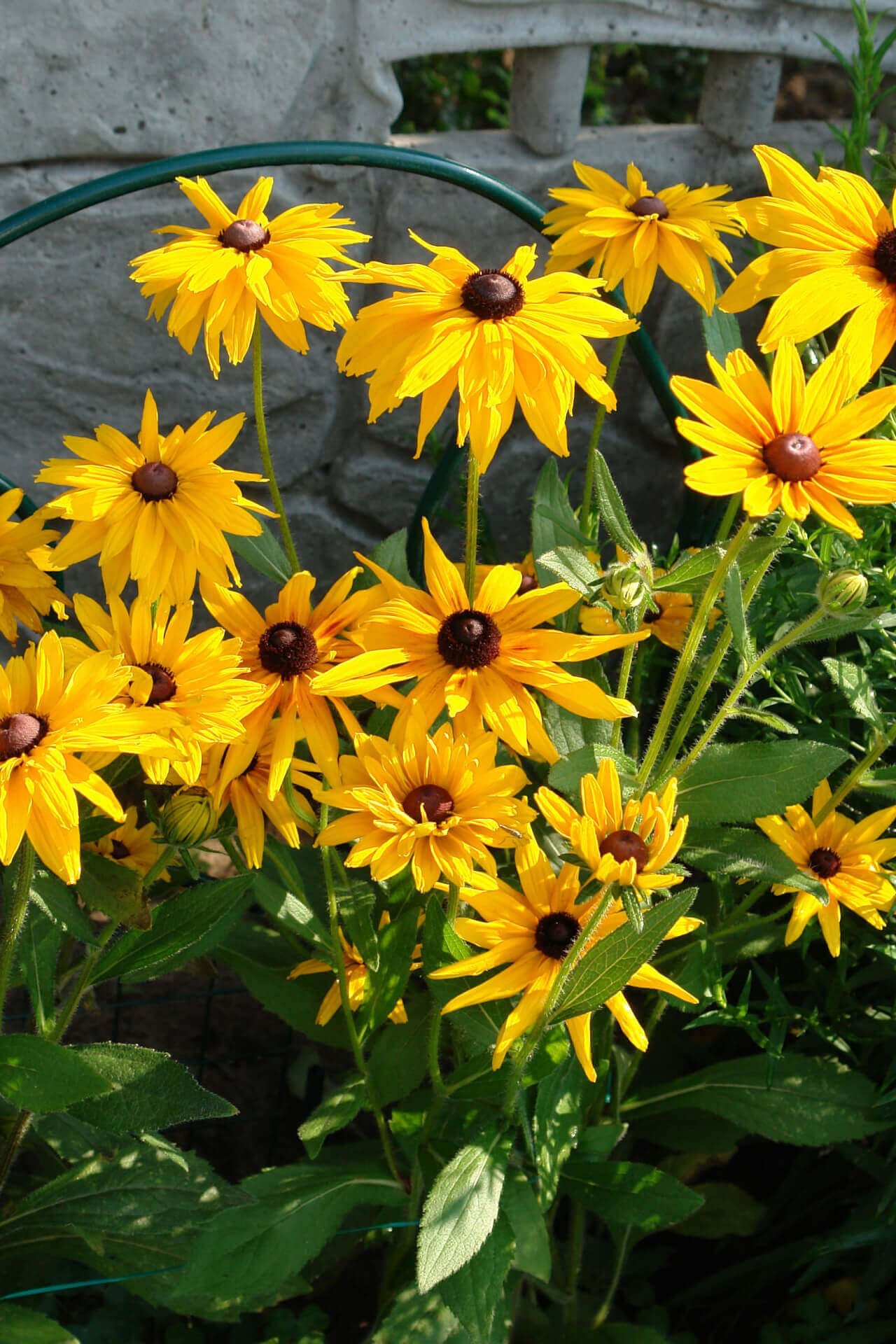Nothing feels more disheartening than discovering your beautiful summer garden eaten by deer after investing so much effort into its creation. Beauty can coexist with durability. Gardeners can choose numerous perennial plants that resist deer damage and maintain vibrant blooms throughout the summer while providing structure and pollinator benefits.
Throughout this guide we will present top deer resistant flowering plants that maintain vibrant coloration between June and September along with native perennials that flourish under low maintenance conditions. For both new garden beds and redesigned borders these plants will quickly rise to the top of your favorite list.
Why Choose Deer Resistant Perennials That Bloom All Summer
When you live in an area that is susceptible to deer visits, purposeful planting becomes essential. Perennials resistant to deer browsing utilize strong scents or possess leaves that are fuzzy or spiky as well as demonstrate bitter flavors. When you opt for varieties that bloom throughout the summer you enhance the value of your landscape investment while prolonging your enjoyment of it.
Adding native deer resistant flowers strengthens your garden's durability. Native plants thrive in your area because they have developed adaptations to local climate and soil that minimize their need for water and fertilizers and reduce maintenance requirements. These plants help sustain local habitats by serving as food sources for pollinators and birds along with helpful insects.
The best gardening strategy involves selecting plants that combine beauty with extended flowering periods while remaining naturally resistant to deer. The good news? That’s not just possible—it’s easy.
Top Deer Resistant Perennials That Bloom All Summer
1. Coneflowers (Echinacea purpurea) attract pollinators with their vivid daisy-like flowers which feature spiny centers and originate from North America. Deer steer clear of plants with rough foliage and strong odors. Coneflowers provide continuous blooms from early summer through fall and become drought-resistant after they establish themselves.
2. Bee balm features ragged petals and minty aroma which makes it resistant to deer and attractive to hummingbirds. This plant originates from across much of the United States and produces abundant flowers in pink, red, or purple when planted in areas with full sun exposure. Deadhead regularly to keep flowers coming.
3. Yarrow (Achillea millefolium) is a perennial plant that tolerates drought and prefers sunny conditions while displaying fern-like foliage and small flower clusters. Native yarrow provides deer resistance while being an excellent plant for drawing butterflies and helpful insects.
4. The tall Perovskia atriplicifolia perennial showcases delicate lavender-blue flower spires throughout the summer season. Deer stays away because of its intense aroma combined with fuzzy leaves. The plant performs best in dry garden conditions and complements native plants such as rudbeckia and coneflowers.
5. Blanket Flower (Gaillardia) displays vivid red and yellow colors while thriving in sunny spots with high temperatures and continues to produce blooms when deadheaded. The plant's drought resistance combined with deer resistance makes it great for challenging garden areas.
6. Catmint (Nepeta) spreads easily while producing lavender-blue flowers throughout several months during its growth cycle. Cats enjoy catmint but deer avoid it. The low-growing catmint serves well when planted along garden borders or positioned before taller native plants like Joe Pye Weed.
7. Coreopsis verticillata is a perennial native plant that produces cheerful yellow flowers which bloom from early summer until fall. The fine-textured foliage and drought and deer resistance of Coreopsis make it essential for gardens needing minimal maintenance.
8. The native Joe Pye Weed (Eutrochium purpureum) stands tall and striking as it produces dusky pink flower clusters during the late summer season. Butterflies flock to Joe Pye Weed and deer avoid it. This plant should be planted at the back of borders or positioned in moist areas.
9. Anise Hyssop (Agastache foeniculum) stands out as a native U.S. plant that attracts pollinators throughout the entire growing season through its licorice-scented leaves and flower spikes in blue or purple hues. Deer avoid this plant because of its strong scent and it thrives in hot and dry conditions.
10. Gardeners wanting deer-resistant plants should include the sunny daisy-like Black-eyed Susan (Rudbeckia hirta). Rudbeckia is a native plant found throughout much of the United States that blossoms from early summer until frost and provides a traditional prairie appearance to any area.
Design Tips for a Deer Resistant Summer Garden
While designing your garden, integrate different textures and plant heights with various bloom colors to achieve a dynamic natural appearance that remains lively throughout the entire summer season. Native deer-resistant plants serve as foundation species because they grow better while also benefiting local pollinators.
Install fragrant plants like bee balm and catmint around the borders of your garden beds to naturally keep away unwanted animals. Throughout your yard plant Echinacea and Yarrow as these favorites help prevent browsing.
Mulch your garden to preserve moisture and control weeds while deadheading flowers regularly to stimulate further blooming cycles. These established perennials demand minimal upkeep which makes them perfect for gardeners with limited time and cottage-style garden designs.
During spring and early summer when new growth emerges and plants become more vulnerable to deer browsing, consider using natural deer repellent spray if deer pressure in your location is particularly high. Plant vulnerability to deer browsing reaches its peak during their tastiest growth phases.
Final Thoughts
Designing a stunning garden in deer-infested areas doesn’t require accepting defeat. A garden combining deer resistant perennials that bloom throughout summer allows you to experience continuous color and texture alongside active pollinators without facing the disappointment of lost blooms. Plant native flowers in your landscape to support local wildlife and maintain resilience against hungry animals who may damage them.
A vibrant and functional garden relies on perennials such as coneflowers, bee balm, and yarrow which provide summer-long beauty and deter deer from entering the area.
Read more
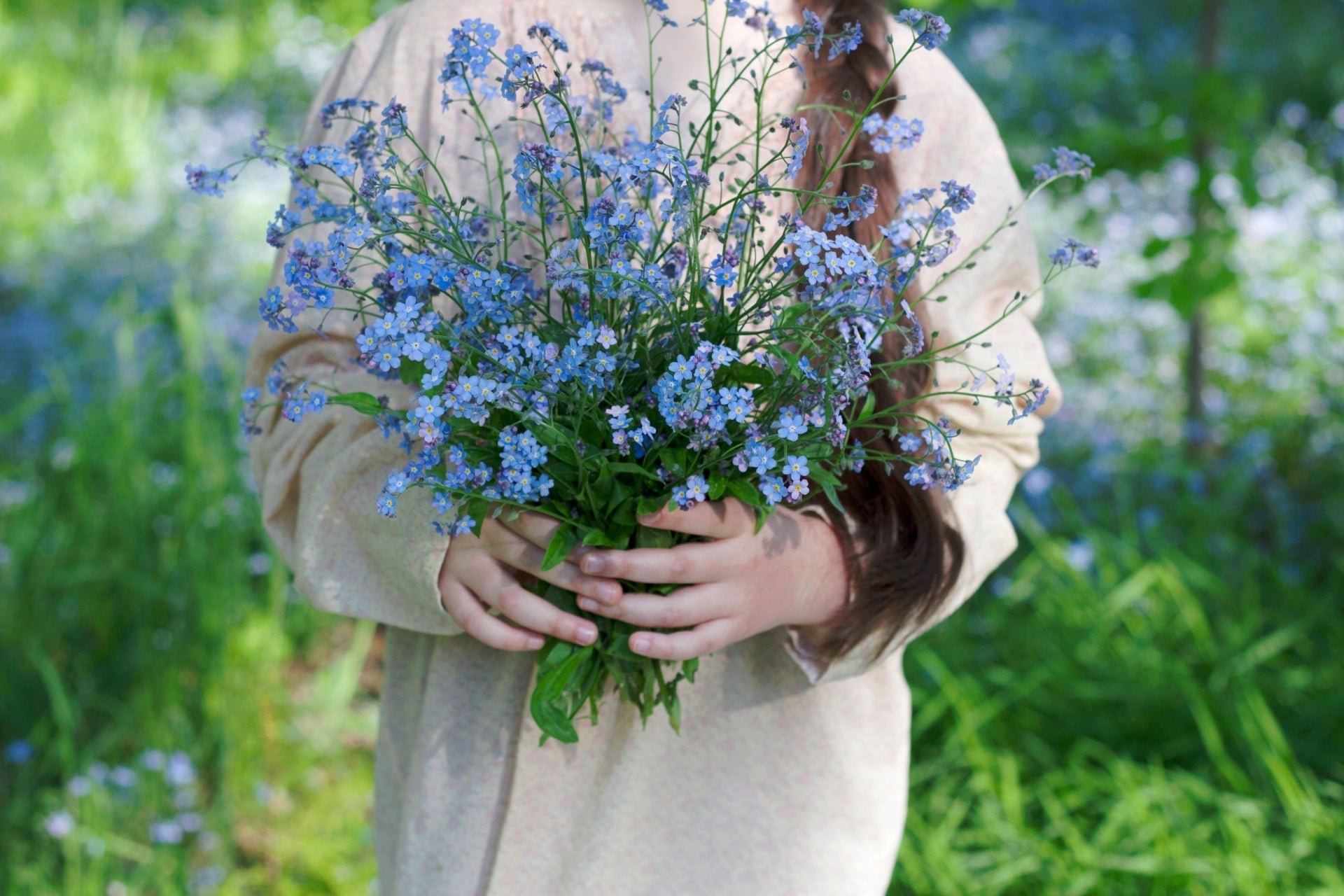
Forget-me-not flowers are cherished for their delicate blue blooms and symbolic meaning of remembrance. Easy to grow and pollinator-friendly, they thrive in moist, shaded areas and pair beautifully...

What is the lifespan of coleus plants? Can they be annual or perennial? The guide covers coleus growth across various zones and gives care advice plus indoor wintering techniques. Explore stunning ...



